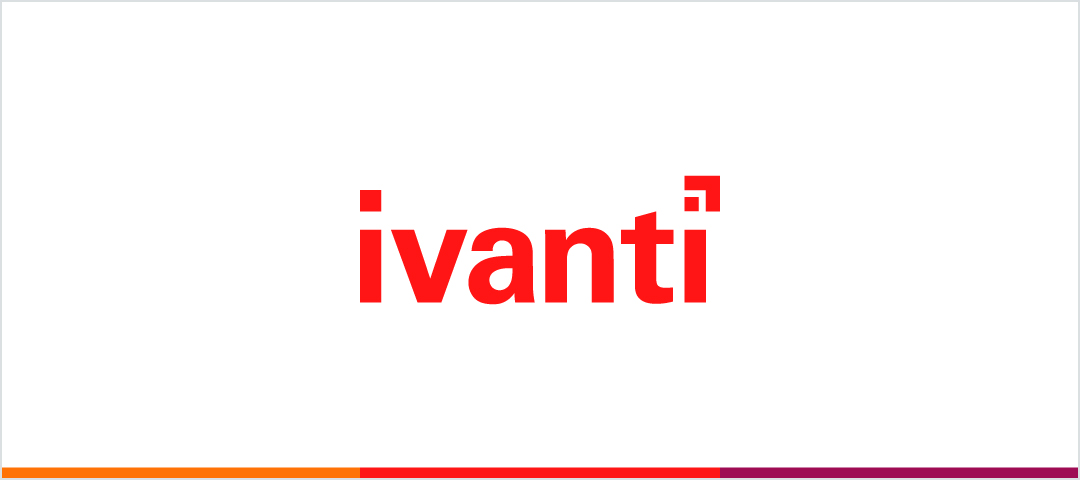Cherwell, the software that runs our IT service management (ITSM) tool known as WiscIT, will reach end-of-life on December 17, 2026, and will be replaced with the cloud instance of the Ivanti Neurons ITSM product. A project team formed in January 2025 and officially launched the project in early March.
One of our top priorities is to engage broadly across DoIT to understand department needs and pain points. As of early August, we’ve already had 57 engagements with over 127 unique individuals across DoIT & Extension.
Opportunities to engage & stay updated
Want to stay up to date on project details? We are committed to providing many ways for you to share ideas and feedback. Current engagement opportunities include:
- DoIT Service Management Subteam (bi-weekly meeting): attendees will see live demos and have opportunities to provide feedback on a specific topic at each meeting. See below for more information.
- Project website
- Regular updates in the DoIT Connection and at M-Team meetings (for DoIT managers)
- Email Jesse Henderson to coordinate an engagement or to provide feedback
ITSM Replacement Tool project webpage
About the DoIT Service Management Subteam
We encourage you to join the DoIT Service Management Subteam! This informal group meets periodically to discuss tools and processes related to the DoIT Operational Framework and new development in our ITSM tool. We know schedules are busy, so join us when you can.
How to join the DoIT Service Management Subteam
Can’t join, but want to stay engaged? Email Jesse Henderson to coordinate an engagement. You can also find updates on the project website.
More about the subteam meetings
- The group meets on the 2nd Wednesday and 4th Monday of the month
- Presenters share project updates at the Wednesday meetings
- Monthly demonstrations of Neurons will start in September
Subteam group members will:
- See tool demonstrations
- Learn about project updates
- Give feedback on the development
- Volunteer to engage further with the project
Upcoming subteam meetings:
- Sep 10: Regular project update and Will Crickman will give a demo of service requests in the tool
Progress & potential so far
The project team began a 2-week sprint development cycle in mid-March. Our first 10 sprints have been focused on configuring a strong foundation for the main objects in the tool; so far, we’ve been working on user stories related to the foundational elements of: People data, configuration items, incidents, service requests and problems.
Here are some of the things that we’re excited about from what we’ve learned and built so far:
- People: The data we’ll use about people in the ITSM tool will come from PersonAPI. We’ve configured a working import already and are very excited for the possibilities that both PersonAPI and the new org structure from ATP will enable. This will be a big step in terms of standardization and modernization from our current custom data view!
- Service requests: Incidents and Service Requests are separate objects in Neurons (Cherwell only has incidents). This enables service teams to have their own customized ITSM workflows (approvals, tasks, notifications, etc.) for specific types of service requests. This is one of the strongest features in Neurons and we think people will love this enhancement!
- Self-service capabilities: Neurons features strong self-service capabilities for end users submitting service requests or reporting incidents. We hope to encourage more end users to use these capabilities to input the specific information needed to fulfill their requests.
- User experience and user roles: Neurons is Software as a Service (SaaS) solution accessed via a web browser, which enables all technologists to have the same unified interface and experience. Neurons works great on Mac and Windows machines, and even mobile devices. There is also a strong “roles” concept baked into the tool that drives both permissions and user experience. Your role can change which objects are first and foremost in the interface and how you interact with them.
Project goals
As a brief refresher: Our goal is that Neurons will…
- be highly operational at go-live
- be actively in use by all current Cherwell users by July 2026
- have migrated workflows actively in use
- allow DoIT to meet audit and policy requirements
- continue to offer self-service incident or service request capabilities
- provide improvements on accessibility and meet cybersecurity standards
- have documented and clear processes, roles, and responsibilities for all stakeholders
Questions?
Thank you for your continued engagement as we work toward a successful July 2026 go-live. Have questions? Reach out to the project team via this feedback form.
